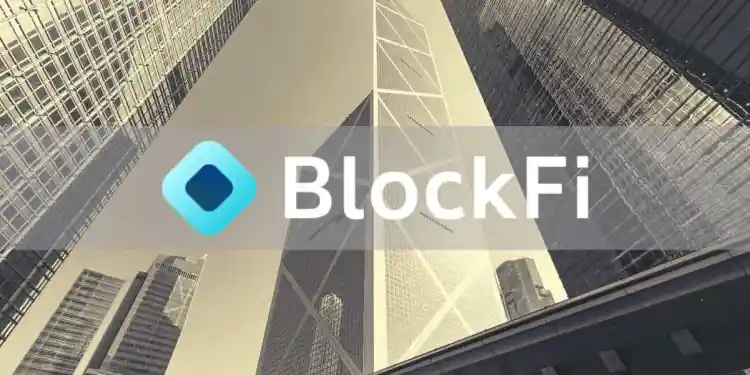Bankrupt crypto lender Blockfi has requested that a court authorize the sale of its lending business as it looks to generate funds to repay creditors.
The move comes after futile attempts to sell the lending platform to a third party. BlockFi disclosed that it did not receive value-maximizing offers from potential buyers.
BlockFi Looks to Liquidate Lending Business
The bankrupt lender disclosed the Chapter 11 restructuring plan in a document filed with the U.S. Bankruptcy Court in Trenton, New Jersey, on Friday. While the firm intends to solicit votes from creditors and retail customers, the plan is still subject to approval by the court.
BlockFi, which filed for bankruptcy protection in November, cited regulatory developments as one reason for not receiving quality bids from prospective buyers.
“Therefore, finalizing and consummating a transaction for the BlockFi Platform would not result in an expedient and value-maximizing transaction for the benefit of the Debtors’ creditors.
Accordingly, the Debtors are proceeding with the Self-Liquidation Transaction whereby the Debtors will distribute their assets to creditors in accordance with the terms of the Plan, followed by a Wind Down of their affairs,” lawyers representing the bankrupt entity said.
Claims Against FTX Group to Increase Client Recoveries
Furthermore, BlockFi has revealed that the primary driver of recoveries for creditors and clients is the claims against its commercial counterparties. The entities include bankrupt crypto exchange FTX, its sister trading firm Alameda Research, embattled crypto hedge fund Three Arrows Capital (3AC), Sam Bankman-Fried’s holding firm Emergent, and commodities broker Marex.
Recall that BlockFi received a $250 million revolving credit facility from FTX last year during its struggle with liquidity amid the bear market. Collectively, FTX, Alameda, 3AC, Emergent, and Marex owe BlockFi roughly $1 billion.
“And as described in the Liquidation Analysis… client recoveries will be increased or decreased massively (with total swings in client recoveries potentially exceeding $1 billion) depending on whether BlockFi can succeed in these litigations, so we believe they are worth taking the time to pursue,” the lender said.
Meanwhile, a U.S. judge recently ruled that assets in BlockFi’s interest-bearing accounts do not belong to users trying to reclaim them. The crypto lender has been instructed to cancel all pending transactions caused by users in an attempt to move the assets after the company halted withdrawals last year.
Reports /TrainViral/
























